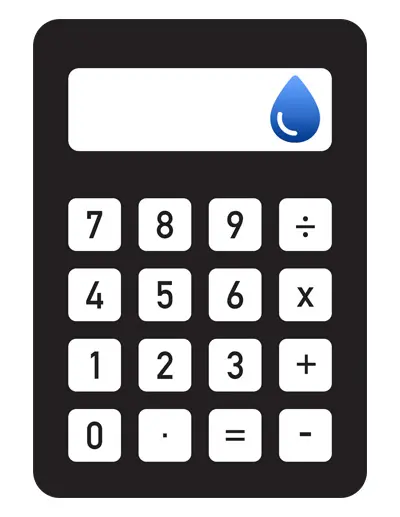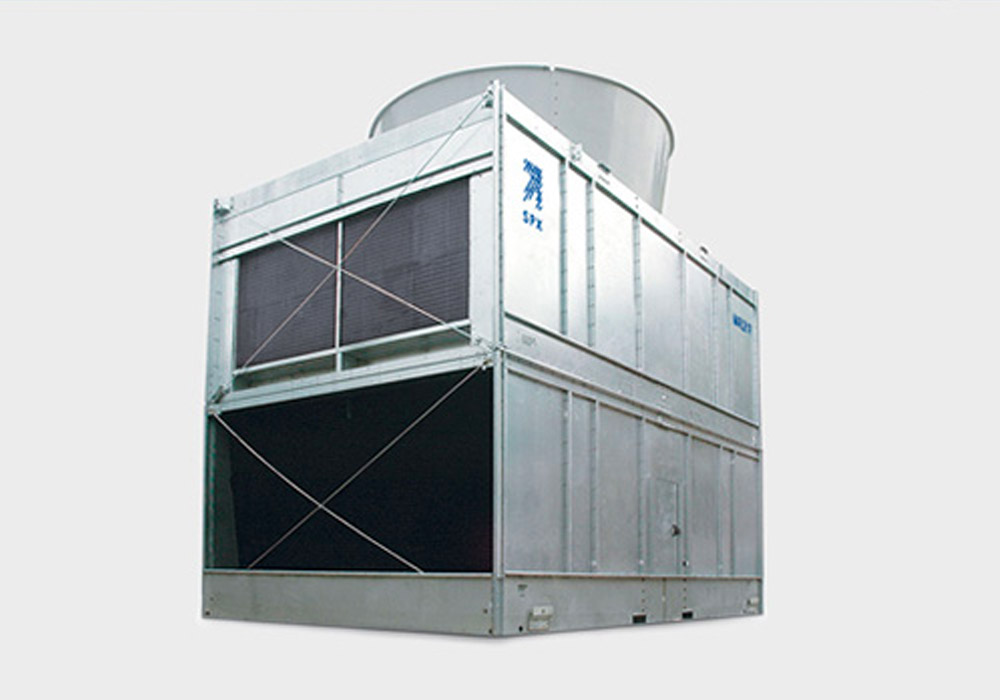蒸发冷却:有目的地利用水
利用冷却塔技术支持节水工作。
冷却塔节水资源
旨在降低用水量的产品:
常见问题
蒸发式冷却塔会浪费大量水吗?
热负荷和/或环境温度越低,蒸发量越少。系统浓缩倍数 (COC) 越高,排污量越低。有关限制蒸发和/或排污的更多信息,请参阅我们的白皮书“如何节约蒸发冷却塔的用水”
用水量将根据塔的类型、应用和进入系统的水的条件而有很大差异。
水冷塔比风冷塔用水量大吗?
要了解更多信息,请下载 ASHRAE 文章“蒸发冷却的效率和环境价值的回顾。“本文显示了当您的机械系统采用能源效率较低的技术时,场外会消耗多少水。
另一种在各种应用中越来越流行的节水方案是绝热冷却系统。 马利® 奥林巴斯V® 绝热级数 平衡风冷散热系统的节水优势与水冷解决方案的能源效率,为操作员和工程师提供灵活的冷却。
我可以在现有的机械系统中节约用水吗?
我如何知道我正在使用或将要使用多少水?
如果您需要帮助确定项目或建筑的条件, 附近的 Marley 代表 可以帮助您收集正确的信息并找到节约用水的最佳解决方案。
改变循环流量可以减少用水量吗?
简而言之,不会。无论水流量高低,蒸发率都与热负荷密切相关。液气比,也称为L/G(定义为水的质量流量除以空气的质量流量),对蒸发的影响很小。如果水量少于空气量(L/G比低),则蒸发量会更大,反之亦然。但是,产品配置和目标热工况决定了所需的气流量。 如果节约用水很重要,请咨询 SPX/Marley 代表以了解可用的选项。
蒸发率会根据位置而变化吗?
是的,蒸发率直接受环境条件影响。温暖干燥气候下的大气相对湿度非常低。这种空气自然可以吸收更多水蒸气,从而提高蒸发率。相反,相同配置的产品安装在更潮湿的环境中,蒸发率会降低。另一个主要因素是海拔。随着海拔升高,气压降低,蒸发率会升高。 有关您的特定应用的更多信息,请联系 SPX/Marley 代表。
蒸发产品的典型用水量是多少?
没有适用于所有应用和气候区域的通用规则。驱动因素包括全年的热负荷、气候和负荷曲线。假设设计日蒸发量全年恒定是不准确的。在一年中较冷的时期以及负荷降低时,蒸发率会降低,这在暖通空调系统中很常见。蒸发产品节能环保。如果不使用蒸发技术,人们会采用能源效率较低的冷却方式,从而导致发电厂用水量增加。 如果节约用水很重要,请咨询 SPX/Marley 代表以了解可用的选项。








